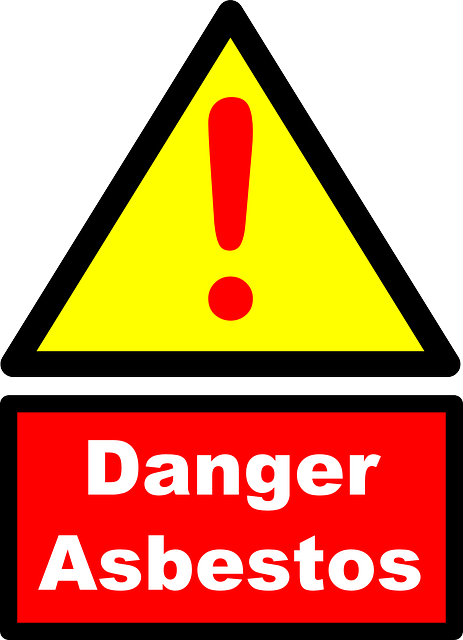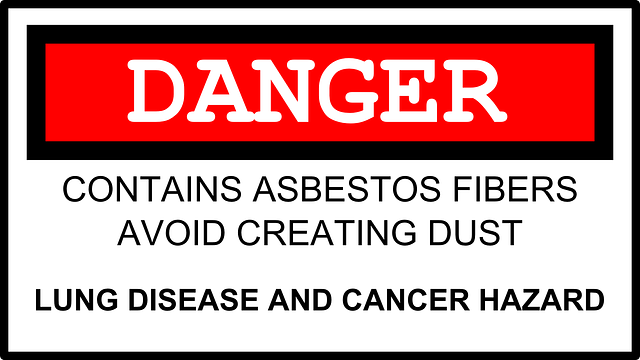Peoria Mesothelioma is a rare, aggressive cancer linked to asbestos exposure, primarily affecting lung (pleural) and abdominal (peritoneal) tissues. Symptoms include persistent coughing, chest pain, breathlessness, weight loss, and fatigue. Early detection, crucial for improving treatment outcomes, involves recognizing symptoms and proactive screening, especially for those with industrial or occupational asbestos exposure histories. Understanding Peoria's environmental and occupational risk factors is vital for raising awareness and encouraging timely mesothelioma diagnosis and management.
Mesothelioma, a rare yet aggressive cancer, poses significant risks to residents of Peoria. This comprehensive guide delves into the complex world of mesothelioma, focusing on its causes rooted in environmental and occupational exposure in the region. We explore how this insidious disease manifests through distinct symptoms, emphasizing early detection as a vital key to survival. Understanding these aspects is crucial for those concerned about Peoria Mesothelioma and its impact.
- Understanding Mesothelioma: A Comprehensive Overview
- Environmental and Occupational Causes in Peoria
- Recognizing the Symptoms: Early Detection is Key
Understanding Mesothelioma: A Comprehensive Overview

Mesothelioma is a rare and aggressive form of cancer that primarily affects the thin layer of tissue that covers internal organs, known as the mesothelium. This disease most commonly develops in the lungs, but it can also occur in other parts of the body, including the abdomen and heart. In Peoria, as with many regions across the globe, mesothelioma is a serious health concern, often associated with exposure to asbestos.
Understanding mesothelioma involves recognizing its two primary types: pleural mesothelioma, affecting the lungs and chest wall, and peritoneal mesothelioma, impacting the abdominal cavity. Symptoms may include persistent coughing, chest pain, shortness of breath, unexplained weight loss, and fatigue. Early detection is crucial for effective treatment options in Peoria Mesothelioma cases, as it can significantly impact patient outcomes.
Environmental and Occupational Causes in Peoria

In Peoria, as with many regions, environmental and occupational factors play a significant role in the incidence of mesothelioma. The city’s industrial history, particularly in manufacturing and construction, has exposed residents to asbestos, a mineral known for its fire-resistant properties and widely used in various industries. Workers in these sectors often handled asbestos-containing materials, leading to increased risk of inhaling or swallowing microscopic fibers. Over time, these fibers can become lodged in the lung tissue or lining of abdominal organs, potentially causing inflammation, scarring, and eventually, mesothelioma.
Peoria’s proximity to rivers and lakes also contributes to environmental exposure. Asbestos-contaminated dust from nearby industrial sites could have been carried by wind, affecting not just workers but also residents living downstream or in close proximity to these bodies of water. Understanding these causes is crucial for raising awareness among Peoria residents about the potential risks associated with mesothelioma, encouraging proper safety measures, and promoting early detection, which are essential steps toward managing this aggressive cancer effectively.
Recognizing the Symptoms: Early Detection is Key

Recognizing the symptoms of mesothelioma in its early stages is crucial for patients in Peoria with a history of asbestos exposure. The disease often presents itself non-specifically, mimicking other respiratory conditions like chronic cough, fatigue, and shortness of breath. However, persistent changes in your body’s normal functioning should not be ignored, especially if accompanied by unintended weight loss or chest pain. Early detection plays a pivotal role in improving treatment outcomes for Peoria Mesothelioma patients as it allows for more aggressive and targeted interventions.
Regular check-ups with healthcare providers are essential, particularly for individuals who have worked in industries where asbestos was prevalent, such as construction, shipbuilding, or manufacturing. Asbestos-related diseases often develop silently over decades, making awareness and proactive screening vital. Catching mesothelioma before it advances can significantly enhance the chances of successful treatment and management.
Mesothelioma in Peoria, often linked to environmental and occupational exposure, requires prompt recognition of its symptoms for effective treatment. Understanding the causes and early signs of this rare yet aggressive cancer is crucial for residents and professionals alike. By being aware of potential risk factors and keeping an eye out for unusual symptoms, the community can navigate the challenges posed by Peoria Mesothelioma, ensuring better outcomes and a higher quality of life for affected individuals.
